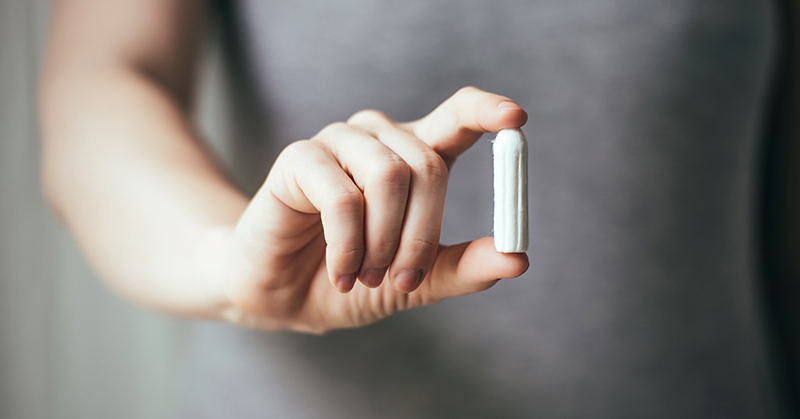Many tampons and pads on the market today are made with materials that may have negative health consequences. It is crucial for women to be informed about the products they use to maintain their health throughout their menstrual cycle. Numerous tampon alternatives are available that women may not be aware of. The feminine hygiene products industry is projected to generate 42.7 billion dollars globally by 2022, with the average woman spending over six thousand dollars on menstrual products during her reproductive years. With a plethora of options such as pads, tampons, and panty liners in various shapes and sizes, women are likely to choose products based on factors like price, lifestyle, activity level, and monthly flow.
Tampons are typically made of cotton, rayon, or a blend of both, and are regulated by the FDA as a medical device. Although the bleaching process used on tampons is chlorine-free to prevent dangerous levels of dioxin, concerns still exist. The most significant risk associated with tampon use is Toxic Shock Syndrome (TSS), a rare but serious condition caused by bacteria entering the bloodstream. While TSS cases have decreased since the 1980s, experts emphasize the importance of educating women about this risk.
Rayon, a synthetic fiber used in tampons, may contain traces of dioxin due to environmental pollution, although FDA regulations require monitoring of dioxin levels in finished products. Despite studies showing dioxin levels in tampons are lower than in common foods, concerns remain about prolonged exposure to the toxin through vaginal tissue contact.
Regarding the unsubstantiated claim of asbestos in tampons to cause excessive bleeding, the FDA has confirmed this myth as false. For women seeking alternatives to tampons, menstrual cups and period panties offer reusable, comfortable options that provide long-lasting protection and minimize potential risks associated with traditional menstrual products. It is essential for each woman to explore and choose the menstrual product that best suits her needs and preferences. It’s crucial to stay informed and consider all available options to maintain health and well-being during the menstrual cycle.






